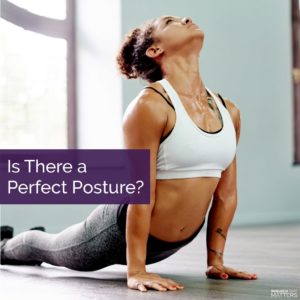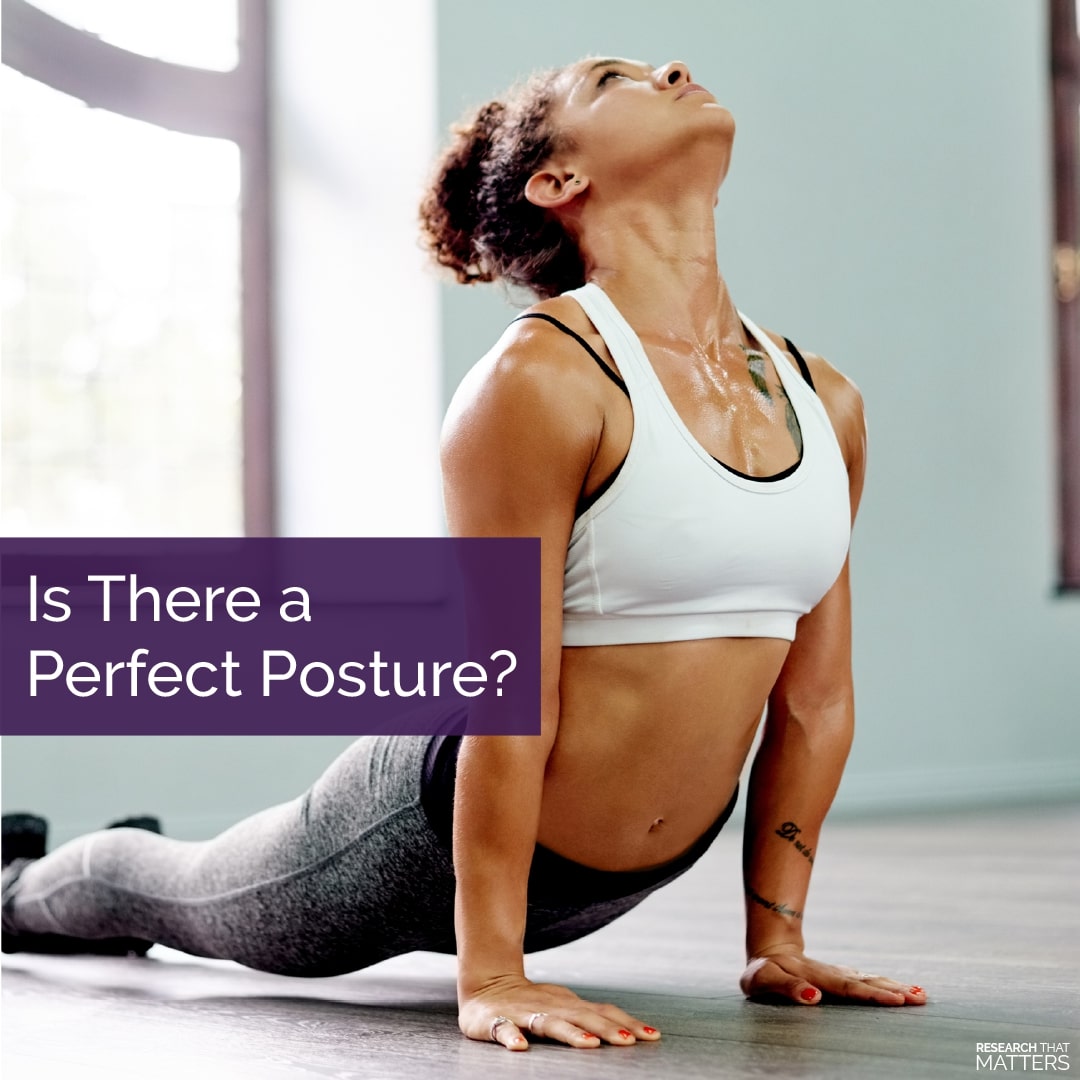Is There a Perfect Posture?
 Bottom Line:
Bottom Line:
“Sit up straight and stop slouching!”
We’ve all heard (or said) it a million times in the name of having perfect posture.
You’ve likely heard this since childhood, and for good reason.
Poor posture as a kid can create health challenges later in life.
Rounded shoulders (scapular protrusion), swayback (lumbar hyperlordosis) and a hunched upper back (thoracic hyperkyphosis) are all postural imbalances that place a tremendous amount of stress on the spine.
And when those imbalances persist, the muscles supporting your spine must work harder to support your body weight, and that can result in pain.
Know that If you’re experiencing daily aches and pains, seeing a posture rehab chiropractor in Warminster is a great place to start.
Abnormal postures have been linked to depression, decreases in energy, headaches, and carpal tunnel syndrome.
Maintaining good posture as you age can help keep any unnecessary stress off your spine and joints, positively impacting your overall spinal health for years to come.
What’s more, your ability to move through a full range of motion without pain plays a big role in how your posture looks when you’re still.
But is there such a thing as perfect posture?
Well, the idea of perfect posture is a bit complicated.
The latest research shows that it makes more sense to think about your posture as dynamic, not static.
That’s because your ideal or perfect posture is constantly changing and evolving.
Why it Matters:
Your posture consists of a dynamic pattern of responses, reflexes, and habits – not a single position.
Poor posture is usually caused by what you aren’t doing instead of what you are doing.
The effects of gravity, the ergonomics of your desk at work, and your anatomy all play a role.
Even with great ergonomics, sitting for hours each day working on a computer can lead to postural issues.
It’s true.
As the leading posture rehab chiropractor in Hatboro, we see this in our practice every day.
Think about it.
Most of us aren’t moving and stretching very often as we work or even rest with our smartphones or tablets in hand.
Over time the imbalances caused by those long hours spent looking down at our devices can lead to a habitual forward head posture.
And while there may not be a one size fits all perfect posture, you can bet nearly every one of us has developed some level of habitual forward head posture.
Why does that matter?
Well, when you start to lean forward, it places a tremendous amount of extra pressure on the discs in your neck and spine.
This added pressure can cause increased compression and lead to pain.
Even just a few inches of forward head posture can double or triple the amount of stress on the spinal joints in your neck.
Think about the impact this can have day after day after day.
Sustained forward head posture has also been associated with a weakening of the supporting muscles of your spine.
It’s estimated to result in neck pain for up to 75% of us.
That neck pain as well as tension, stiffness, and tenderness are all signs of chronic forward head posture.
The good news?
While it’s not easy to maintain those perfect postures, there are things you can do to perfect your posture every day.
You can start by taking short breaks to stretch at least every 15-30 minutes.
Doing so will help you reset your balance and relax your body, and it’s one of the most essential practices you can adopt when it comes to improving your posture in the long term.
Trapezius strengthening has also been shown to provide clinically significant relief for those struggling with neck pain as a result of forward head posture.
Next Steps:
By breaking the pattern of poor posture, you can reduce your likelihood of experiencing many common aches and pains.
Every day, you can take advantage of simple opportunities to improve your strength, flexibility, and ergonomics to develop more ideal or perfect posture patterns.
Try this.
Next time you’re on the phone, stop for a moment and see if your head is creeping forward.
If your chin is tucked down and your ears are in front of your shoulders, then you’re in that forward head posture we discussed.
When that happens, it’s a sign that it’s a good time to take a break, stretch, and reset.
Simple.
And remember, both strength and flexibility also play a significant role in your posture.
Strengthening the trapezius muscles, actively maintaining good core strength, and working to balance that strength with flexibility can help your body best adapt to your environment.
Remember. Think of your ideal or perfect posture as dynamic.
It’s constantly changing and evolving no matter how little our daily routines change or how much our daily habits change.
Many of us spend large chunks of our days working on a computer, so it’s important to ensure that our spinal joints are moving well and moving correctly to help keep us feeling great.
That’s where we come in.
Chiropractors are taught many of the finer details that go into developing those ideal or perfect postures.
So, if you’ve been living with nagging aches and pains, and you’re interested in working with a posture rehab chiropractor in Warrington, contact us for an evaluation today.
Together, we can help you perfect your posture and say goodbye to pain for years to come!

